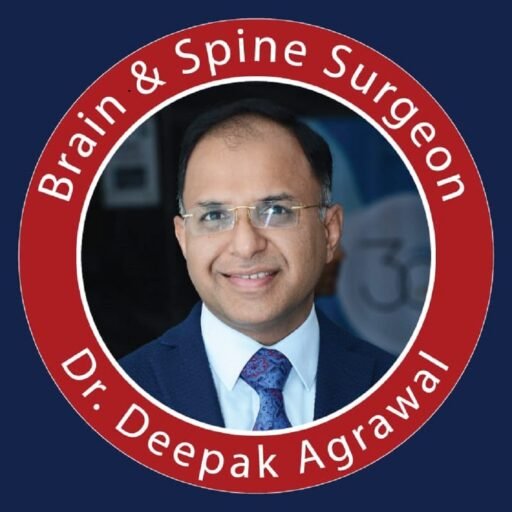Topics
Table of Contents
Bipolar disorder, previously known as manic depression, is a mental health condition characterized by extreme mood swings, ranging from manic highs to depressive lows. This disorder affects millions of people worldwide, impacting their daily lives, relationships, and overall well-being. This article aims to provide a comprehensive overview of bipolar disorder, including its symptoms, signs, diagnosis, causes, and treatment options.
What is Bipolar Disorder?
Bipolar disorder is a chronic mental health condition characterized by intense and often unpredictable mood swings. Individuals with bipolar disorder experience extreme emotional states, including manic episodes, marked by heightened energy, euphoria, and impulsivity, and depressive episodes, characterized by profound sadness, fatigue, and feelings of hopelessness. These mood swings can significantly impact a person’s ability to function in various aspects of life.
Types of Bipolar Disorder
There are three types of Bipolar Disorder: Bipolar I Disorder, Bipolar II Disorder, and Cyclothymia.
They have different diagnostic criteria based on their symptoms and duration.
| Type of Bipolar Disorder | Diagnostic Criteria |
| Bipolar I Disorder | An episode of depression or hypomania may precede or follow an episode of mania. |
| Bipolar II Disorder | A person experiences an episode of hypomania and an episode of depression without experiencing clinical mania. |
| Cyclothymia | A person has symptoms of hypomania and depression that do not meet the criteria for full episodes of hypomania or depression. Symptoms last for at least 2 years. |
Symptoms and Signs
1. Manic Episodes: A manic episode is at least one week when a person is extremely high-spirited or irritable most of the day for most days, possesses more energy than usual, and experiences at least three of the following changes in behavior:
- Elevated mood
- Increased energy levels
- Decreased need for sleep
- Racing thoughts
- Impulsivity and risk-taking behavior
- Grandiosity
- Poor judgment
- Increased irritability
2. Hypomanic Episode: A hypomanic episode is characterized by less severe manic symptoms that need to last only four days in a row rather than a week. Hypomanic symptoms do not lead to the major problems in daily functioning that manic symptoms commonly cause.
3. Depressive Episodes: A depressive episode is at least two weeks in which a person has at least five of the following symptoms (including at least one of the first two symptoms:
- Persistent sadness
- Fatigue and low energy
- Difficulty concentrating
- Changes in appetite and sleep patterns
- Feelings of guilt or worthlessness
- Loss of interest in activities
- Suicidal thoughts
Diagnosis – Bipolar disorder
Diagnosing bipolar disorder involves a comprehensive evaluation by a mental health professional, such as a psychiatrist or psychologist. The diagnosis is typically based on a thorough assessment of the individual’s medical history, symptoms, and the duration and intensity of mood episodes. Additionally, the clinician may use specific criteria outlined in the Diagnostic and Statistical Manual of Mental Disorders (DSM-5) to make an accurate diagnosis.
Causes
The exact causes of bipolar disorder are not fully understood, but it is believed to result from a combination of genetic, biological, and environmental factors. Some potential contributors include:
- Genetics: A family history of bipolar disorder increases the risk.
- Brain structure and function: Imbalances in neurotransmitters and abnormalities in brain structure may play a role.
- Environmental factors: Trauma, stress, or significant life changes can trigger episodes in susceptible individuals.
Treatments for bipolar disorder
1. Medication
- Mood stabilizers: Lithium and anticonvulsant medications help regulate mood swings.
- Antidepressants: Prescribed cautiously during depressive episodes to alleviate symptoms.
- Antipsychotic medications: Used to manage severe manic episodes.
2. Psychotherapy
- Cognitive-behavioral therapy (CBT): Helps individuals recognize and change negative thought patterns and behaviors.
- Interpersonal and social rhythm therapy (IPSRT): Focuses on stabilizing daily routines and interpersonal relationships.
3. Electroconvulsive Therapy (ECT)
- Administered in severe cases or when medication and psychotherapy are ineffective.
Management
Living with bipolar disorder requires ongoing management to minimize the impact of mood swings on daily life. Strategies include:
- Maintaining a consistent daily routine.
- Building a strong support system.
- Regular exercise and a healthy diet.
- Monitoring and managing stress levels.
- Staying consistent with medication and therapy.
Home Remedies
While there is no cure for bipolar disorder, some self-care practices may complement professional treatment:
- Adequate sleep: Establishing a regular sleep pattern can help stabilize mood.
- Healthy lifestyle: Adopting a balanced diet and engaging in regular physical activity.
- Stress management: Techniques such as meditation, deep breathing, and yoga can help reduce stress.
Conclusion
Bipolar disorder is a complex mental health condition that significantly impacts the lives of those affected. With proper diagnosis and a comprehensive treatment plan, individuals with bipolar disorder can lead fulfilling and productive lives. Individuals experiencing symptoms and their loved ones must seek professional help for an accurate diagnosis and appropriate management. Ongoing research continues to enhance our understanding of bipolar disorder, leading to improved treatment options and outcomes.







